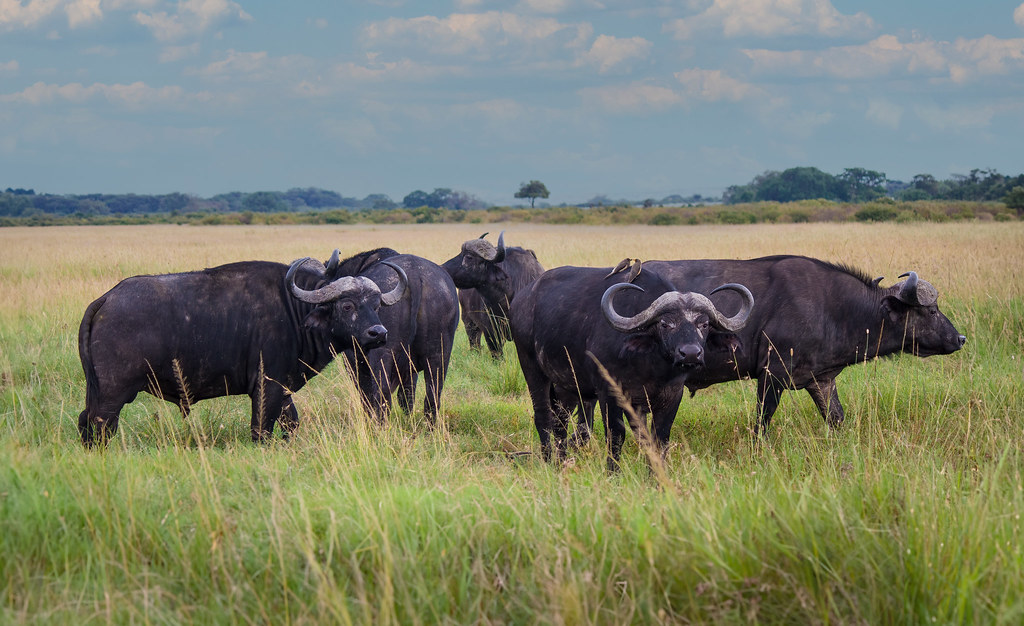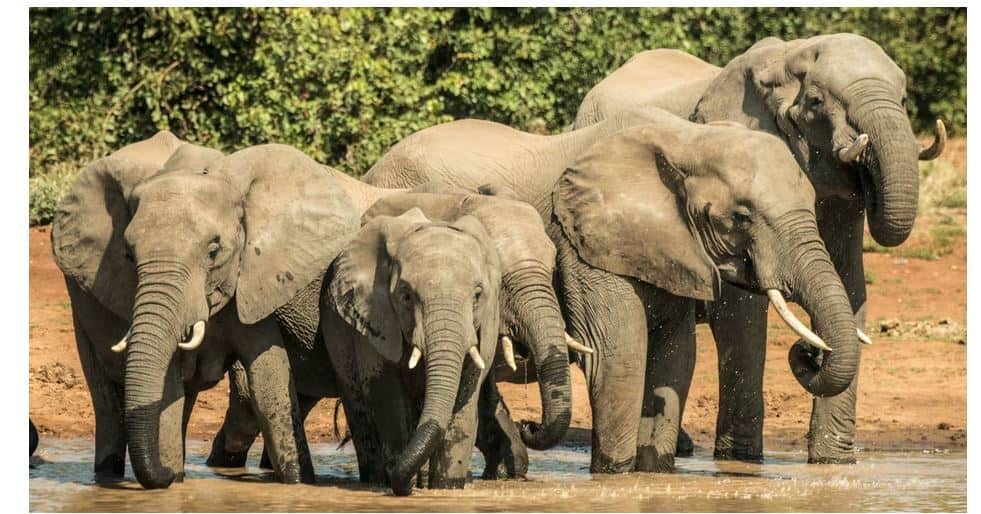Ethiopia, officially known as the Federal Democratic Republic of Ethiopia, boasts diverse landscapes ranging from deserts to dense forests, making it a captivating destination for travelers. However, amidst its natural beauty, it’s crucial to be aware of the presence of dangerous animals in Ethiopia. From predators like lions and hyenas to venomous snakes, encountering wildlife is part of the adventure, but understanding and respecting their habitats is essential for safe exploration.
Table of Contents
Why visit Ethiopia?

When planning to go on vacation, the most important thing is to ensure that you are having fun and exploring different parts of the world. Ethiopia guarantees you the best experience because there is so much that you can see and do while in the country. The major cities are located at elevations of over 2000 meters above sea level and this makes them have unique climates. The people in the country are charming and welcoming. You can try Ethiopian cuisine, which is unique in the world. Besides, Ethiopia has some of the most beautiful women in the world. During your trip to Ethiopia, here are some of the dangerous animals that you should look out for when exploring different parts of the country.
Lions

The lion, a common creature in sub-Saharan Africa, particularly thrives in Ethiopia’s natural habitats, such as dense forests and extensive wilderness. Unique to Ethiopia, these lions are characterized by a distinctive black mane. While conservation measures have led to a rise in their numbers, these predators remain vicious and highly skilled. It’s crucial to keep a safe distance and travel with a guide when exploring their habitat, especially in the mountainous regions. Provoking them can be perilous, and vigilance is paramount during your travels.
Mosquitos

The tiny yet dangerous mosquito is abundant in Ethiopia, especially in regions receiving substantial rainfall. Active mainly at night, female mosquitoes pose a threat by spreading diseases such as malaria, Zika virus, and chikungunya. Using insect repellent and obtaining a yellow fever vaccine before visiting is essential for protection against these disease vectors.
Black Rhinos

Endangered and endemic to Ethiopia, black rhinos are among the most deadly species globally. Hunted for their valuable tusks, they have become ferocious and potentially dangerous. With a formidable size, weighing up to 2000 pounds, and tough protruding horns, they can attack without provocation. Caution is advised when exploring their habitat, as these herbivores, though not carnivorous, remain highly dangerous.
African Buffaloes

Roaming in Ethiopian forests, African buffaloes are herbivores but stand out as one of the most dangerous species. Known for their ruthlessness and deadly nature, they possess sharp horns and a keen sense of smell. Thorough research on visited areas is crucial to prevent unforeseen attacks, as these muscular and powerful creatures move in herds with relentless determination to protect themselves.
African Rock Python

Encountering the African rock python in Ethiopian forests is a possibility, and although non-venomous, it poses a unique threat due to its incredible strength. Capable of coiling around its victim and rapidly squeezing, causing suffocation and death, this python should be approached with caution. While human attacks are rare, staying vigilant during exploration is essential, given their size, strength, and fearlessness towards other creatures.
Nile Crocodiles

Exploring various parts of Ethiopia exposes you to one of the most dangerous animals – the Nile crocodile. Inhabiting the Blue Nile and the river Nile, these crocodiles, known for their numerous teeth and strong muscles, prefer living along the country’s rivers. Ethiopia and Egypt are home to a significant population of Nile crocodiles, posing a threat in different regions, including the scenic Abaya. Predatory in nature, their numbers have grown, making encounters more perilous. Masters of disguise, these agile crocs ambush prey from mud and rivers, showcasing rapid reflexes. Always maintain a safe distance and exercise caution when navigating their habitats.
African Elephants

Encountering the iconic African elephants in Ethiopia requires vigilance, as these colossal creatures, weighing up to 4000 pounds, are known for their territorial nature. Moving in herds led by a matriarch, they navigate dense forests, using their huge trunks and tusks to address threats. Territorial aggression increases when they have young ones, making it crucial to keep a safe distance to prevent potential attacks. Their aggressive nature, especially during discomfort, could lead to fatal trampling. Exercising caution is paramount when exploring different parts of the country to avoid dangerous encounters.
Northeast African Cheetah

The Northeast African Cheetah, a unique species found in Ethiopia’s dense forests, faces endangerment, and encountering them demands caution. Known for impeccable hunting and predatory skills, these cheetahs, found in various national parks, pose a threat due to their sharp claws and incredible speed. Exercise caution when moving through different parts of the country to mitigate the risk of encounters with these potentially dangerous creatures.
Puff Adders

Among the iconic snakes in Ethiopia, the puff adder stands out as one of the most dangerous venomous vipers on the continent. Thriving in dense forests and grasslands, these snakes are known for their impeccable hunting skills and predatory nature. Camouflaging perfectly, they pose a lethal threat, requiring careful navigation. With a deadly combination of producing a large amount of venom and possessing incredible energy, puff adders can deliver repeated bites until the victim succumbs. The venom induces severe swelling, excruciating pain, muscle function loss, internal bleeding, and eventual death, making encounters with puff adders a serious concern in Ethiopia.
_____________
Check out the most dangerous animals in other African countries:


